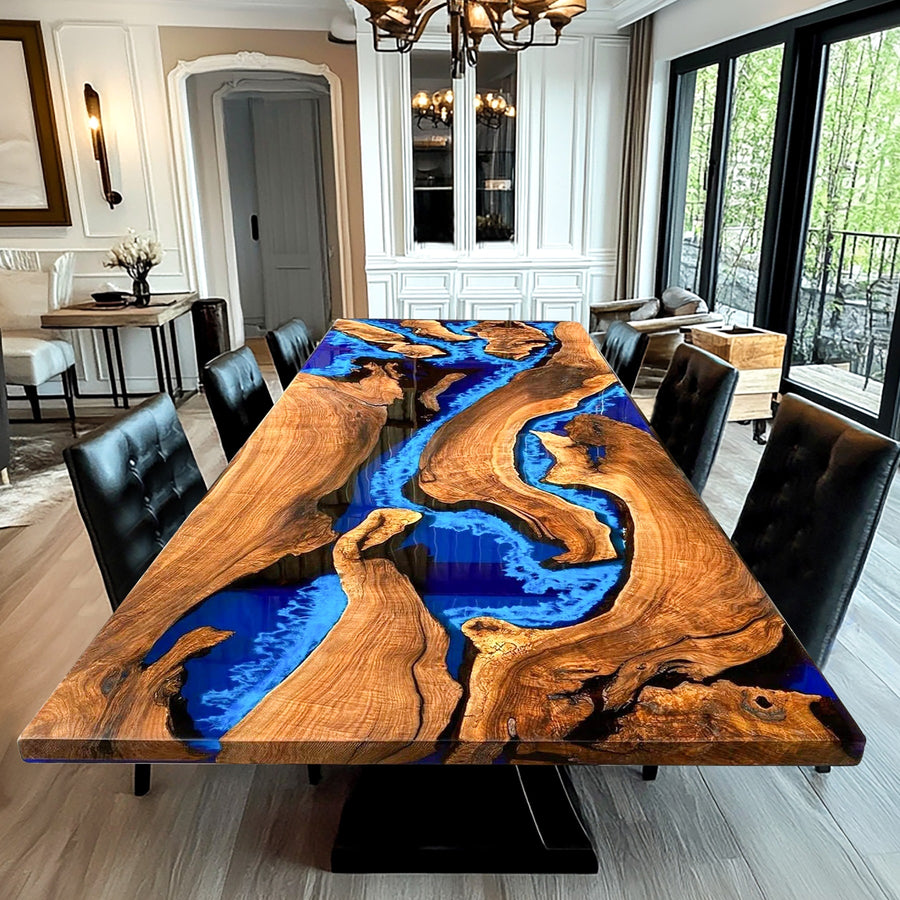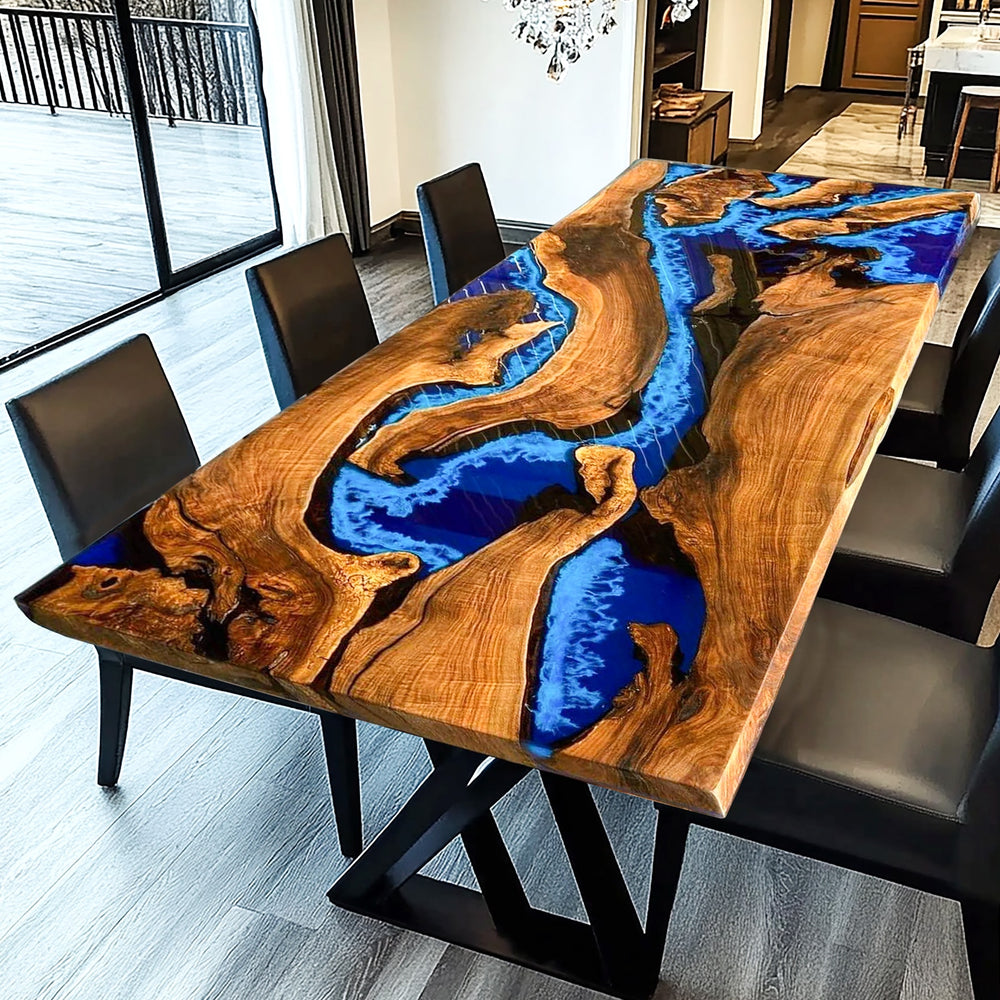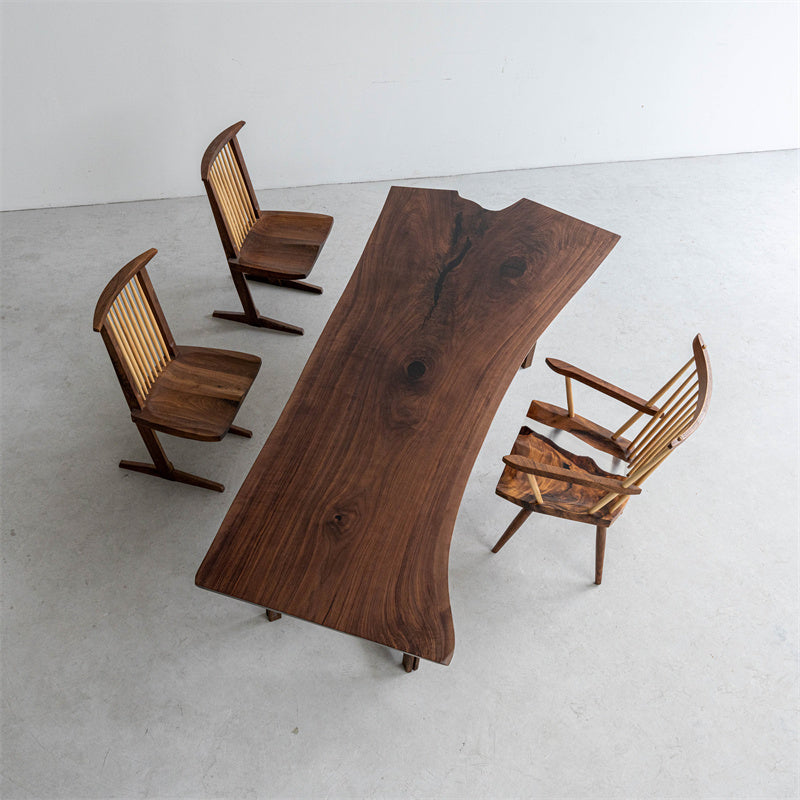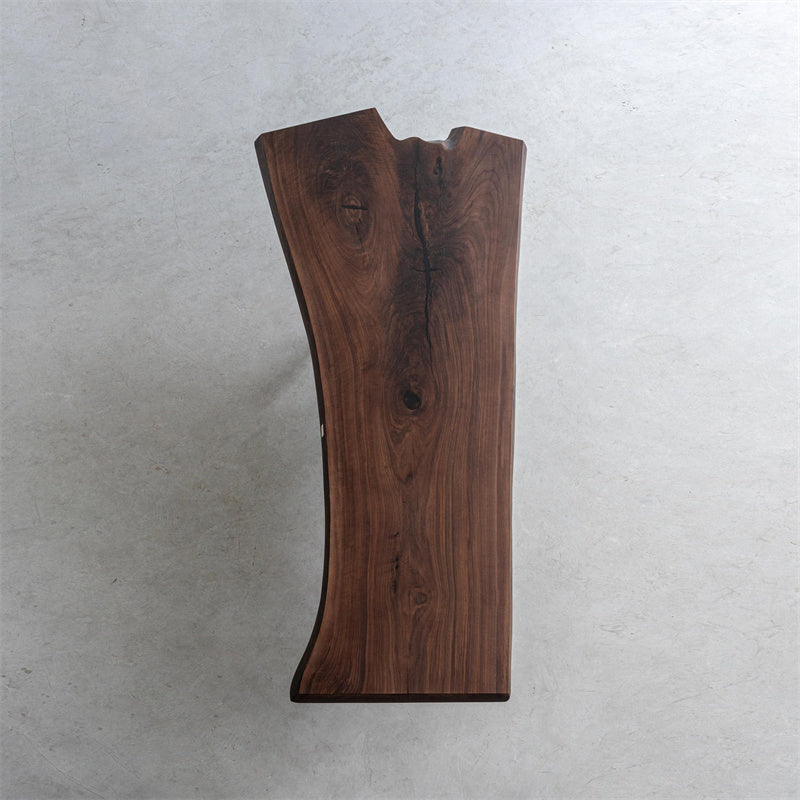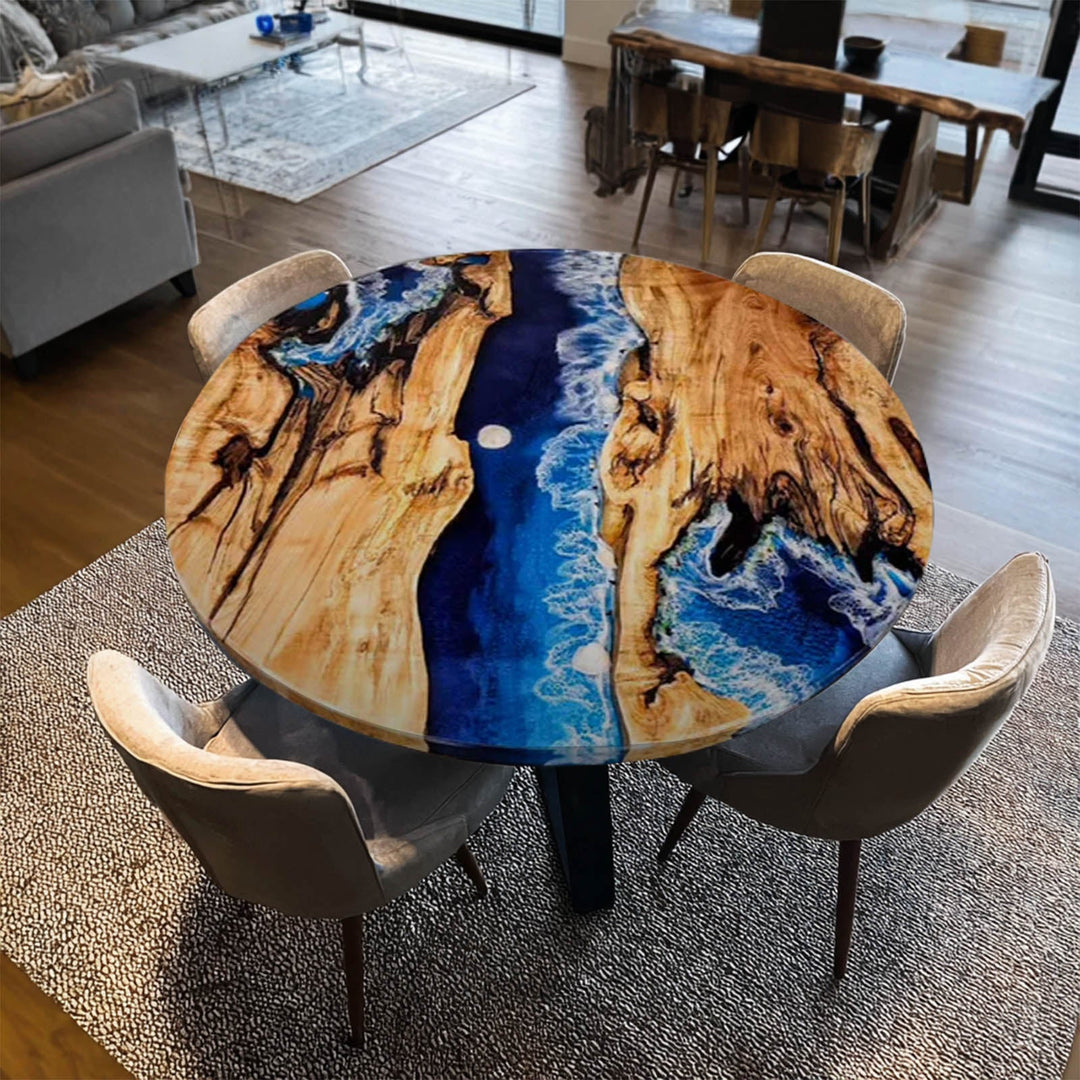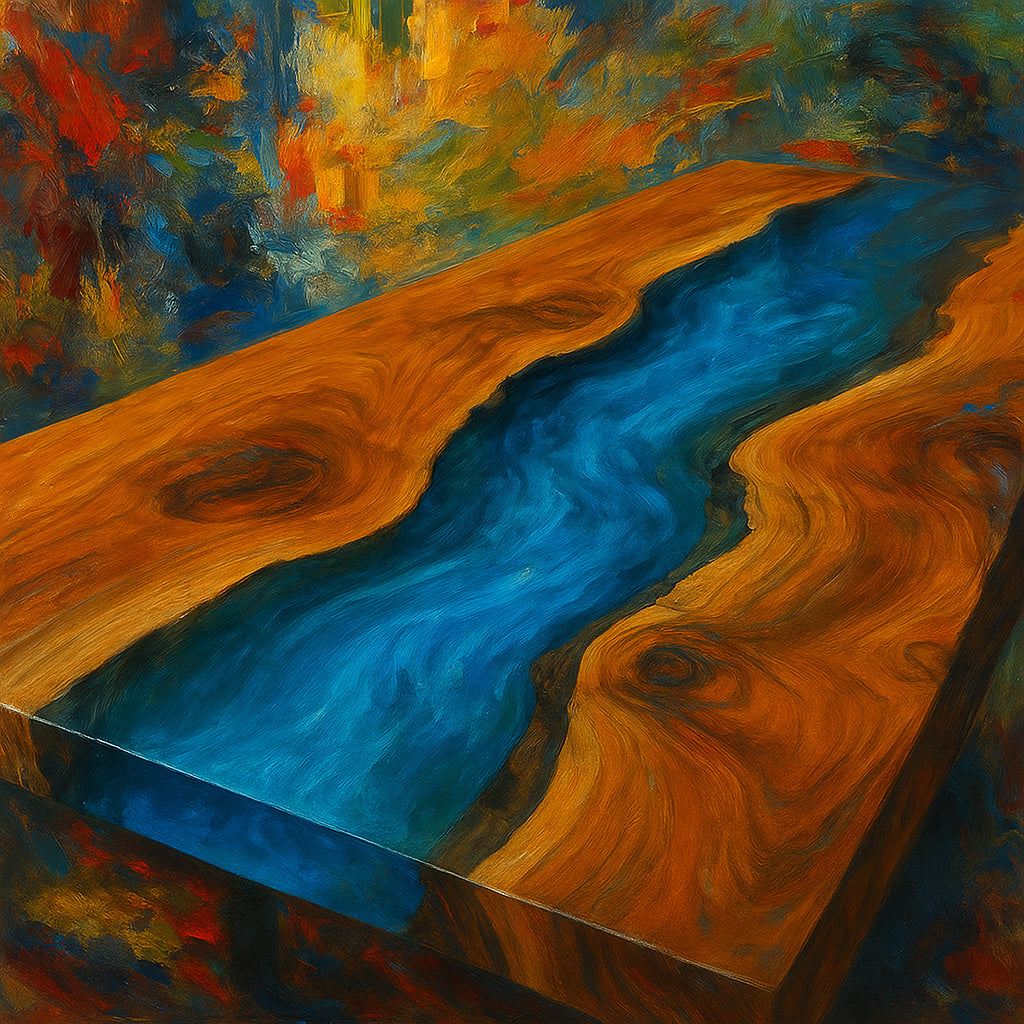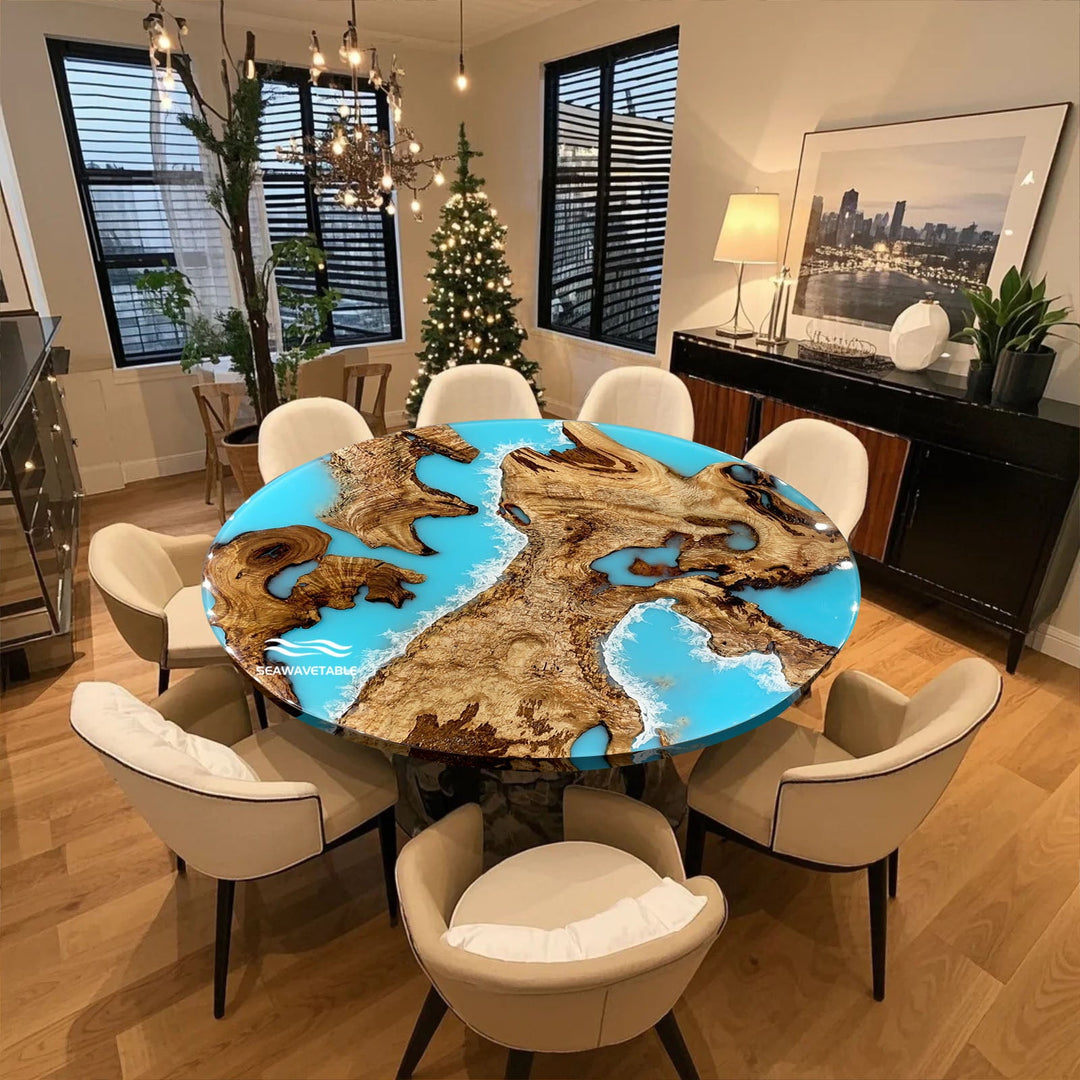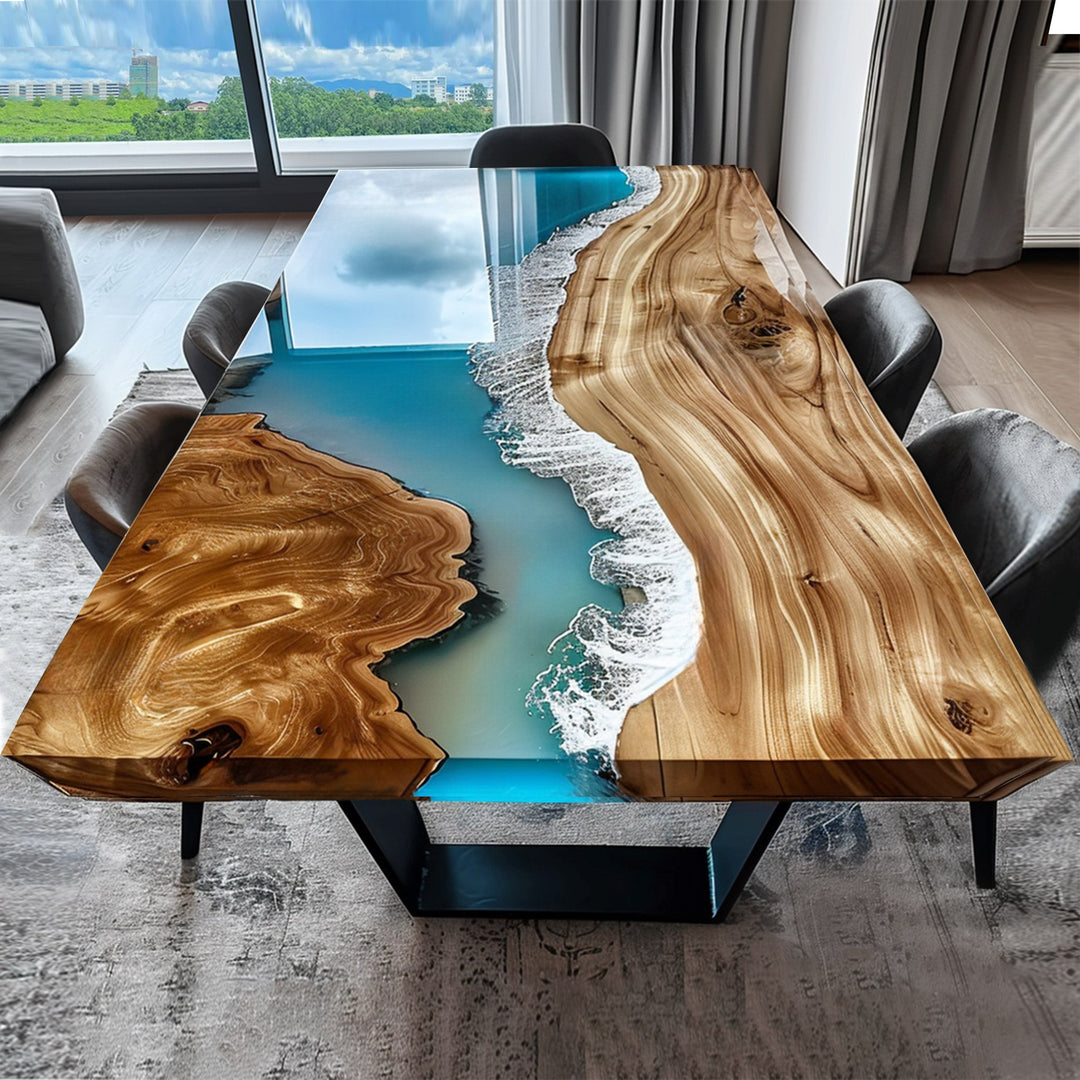Master the Art of DIY: Create Your Own Live Edge Dining Table
Embarking on the journey of DIYing a live edge dining table is both an exciting and challenging endeavor. This project not only allows you to create a unique centerpiece for your dining area but also introduces you to the intricate world of woodworking. However, it's essential to understand the complexities involved, from selecting the right wood to mastering finishing techniques. This guide aims to navigate you through the challenges, offer recommendations for beginners, and provide insights into avoiding common mistakes.

Challenges in Woodworking
Building a live edge dining table can be a gratifying endeavor, but it’s not without its share of challenges. One of the most significant hurdles for DIY enthusiasts is flattening the lumber. Large slabs, especially, require precise tools and techniques to ensure a smooth and even surface. Without access to professional-grade equipment, such as a wide belt sander or planer, achieving the desired results can be daunting.
Another common challenge lies in dealing with imperfections like cracks or knots. While these features can add character to the table, they often require stabilization using techniques such as bowtie inlays or epoxy fills. Additionally, maintaining the natural edge of the slab while ensuring it's smooth and free from splinters is a delicate process.
Our Recommendations for Beginners
For first-time woodworkers, diving into a large project like a live edge dining table can feel overwhelming. Here are some practical tips to set you on the right path:
-
Start Small: Instead of beginning with a full-sized dining table, consider starting with a smaller project like a coffee table or a live edge shelf. This will help you build confidence and familiarize yourself with the tools and techniques required.
-
Choose the Right Wood: Not all wood species are beginner-friendly. Start with more forgiving options like walnut or ash, which are easier to work with compared to harder woods like oak.
-
Practice with Epoxy: If you plan to incorporate an epoxy river into your table, experiment with smaller molds first. This will minimize material waste and help you understand how epoxy behaves during pouring and curing.
-
Invest in Essential Tools: While you don’t need a fully equipped workshop, having a few essential tools like a router, clamps, and a random orbital sander can make a significant difference in your project’s outcome.
Common Mistakes in Woodworking
Mistakes are a natural part of the learning process, but knowing what to avoid can save you time, money, and frustration:
-
Improper Flattening: Attempting to flatten your slab with a router sled can lead to uneven surfaces if not done correctly. Removing too much material in one pass can also damage the slab.
-
Neglecting Moisture Content: Working with wood that hasn’t been properly dried can result in warping or cracking over time. Always check the moisture content of your slab before starting.
-
Over-sanding the Live Edge: Over-sanding can strip the natural character of the live edge, leaving it looking artificial. Take care to preserve the organic contours while ensuring it's smooth to the touch.
Our Commitment to Customers
At SeawaveTable, we’re passionate about helping DIY enthusiasts bring their visions to life. Whether you’re building a live edge dining table or experimenting with smaller projects, we’re here to provide guidance and support. From selecting the perfect slab to sharing tips on finishing techniques, we’re committed to ensuring your project is a success.
We’re also transparent about our materials and processes. If you need advice on mold construction, epoxy pouring, or table base inserts, we’re more than happy to share our expertise. Our goal is to empower you with the knowledge and resources needed to create a stunning and functional piece of furniture.
Conclusion
Crafting your own live edge dining table is a rewarding journey that combines creativity with craftsmanship. By starting small, avoiding common mistakes, and seeking professional guidance when needed, you can create a one-of-a-kind piece that reflects your personal style and dedication.
Ready to start your woodworking adventure? Contact SeawaveTable today for high-quality wood slabs and expert advice. Together, we’ll bring your dream table to life.


